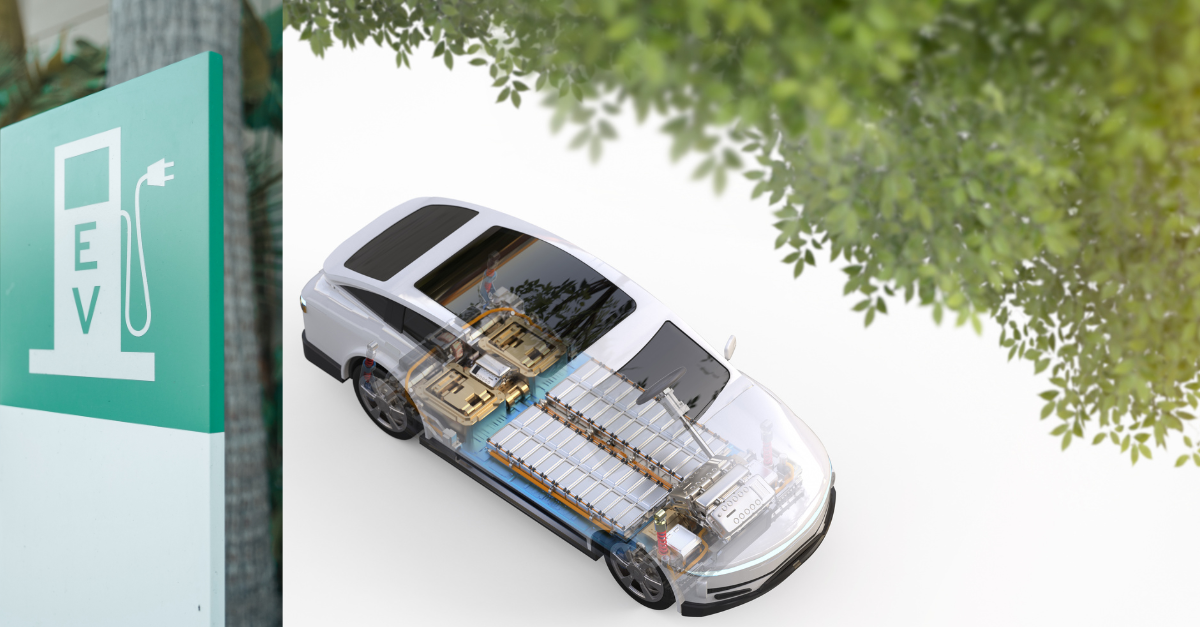GM China to Cut Jobs, Restructure, and Shift Focus to Electric Vehicle Production
Published: 8.21.2024
General Motors, which has been operating in China since 1997, is undergoing a strategic transformation in the world's largest auto market. The company was one of the first foreign automakers to establish a presence in China, and its sales peaked at 4 million vehicles a year in 2017. However, sales have declined significantly in recent years, falling to 2.1 million vehicles in 2023.
Faced with intense competition from local brands and declining sales, General Motors has announced a strategic adjustment of its Chinese operations. The American automaker is implementing measures such as layoffs, production cuts, and a reevaluation of its product strategy to address the challenges it faces in the world’s largest automotive market.

In the coming weeks, the company will discuss further capacity reduction plans with its partner SAIC. This strategic adjustment is part of GM's sales strategy in China, which aims to optimize resource allocation and improve operational efficiency.
General Motors has hinted at a potential restructuring of its Chinese operations. CFO Paul Jacobson suggested this possibility in an investor call on August 8, stating that the company needs to review its business partnerships to ensure profitability and cash flow sustainability in the competitive Chinese market.
General Motors plans to restructure its Chinese operations by shifting its focus to electric vehicles and higher-end models, including imported luxury vehicle to ensure sustained profitability before the expiration of its joint venture contract with SAIC Group in 2027.
To cater to a broader range of consumers, GM will continue to produce affordable cars and electric vehicles through its joint venture. Some of these models, including the popular Hongguang Mini EV, will also be exported to international markets.
An industry insider pointed out that "American cars have been unpopular in China in recent years. Chinese people like cars with large space and fuel efficiency when buying cars, and the characteristics of American cars are not suitable for the Chinese market." In addition, SAIC-GM's new energy vehicles are still in urgent need of breakthroughs in the domestic market in recent years.
Despite the restructuring and market challenges, GM's long-term commitment to the Chinese market has not changed. GM CEO Mary Barra said she will reassess GM's China business, address the current high inventory problem in the Chinese market, and then actively reduce structural costs. In addition, GM is working closely with joint venture partners to restructure the business.
Paul Jacobson emphasized that the Chinese market is a valuable asset for GM, and the company will continue to be committed to building a sustainable profitable and long-term development potential business model in China.
But Jacobson also admitted that the above measures have not yet achieved the desired effect. He believes that GM can return to profitability in China, but this means redoubled efforts and taking more measures.
Recent News

11.21.2024

11.20.2024



.png)